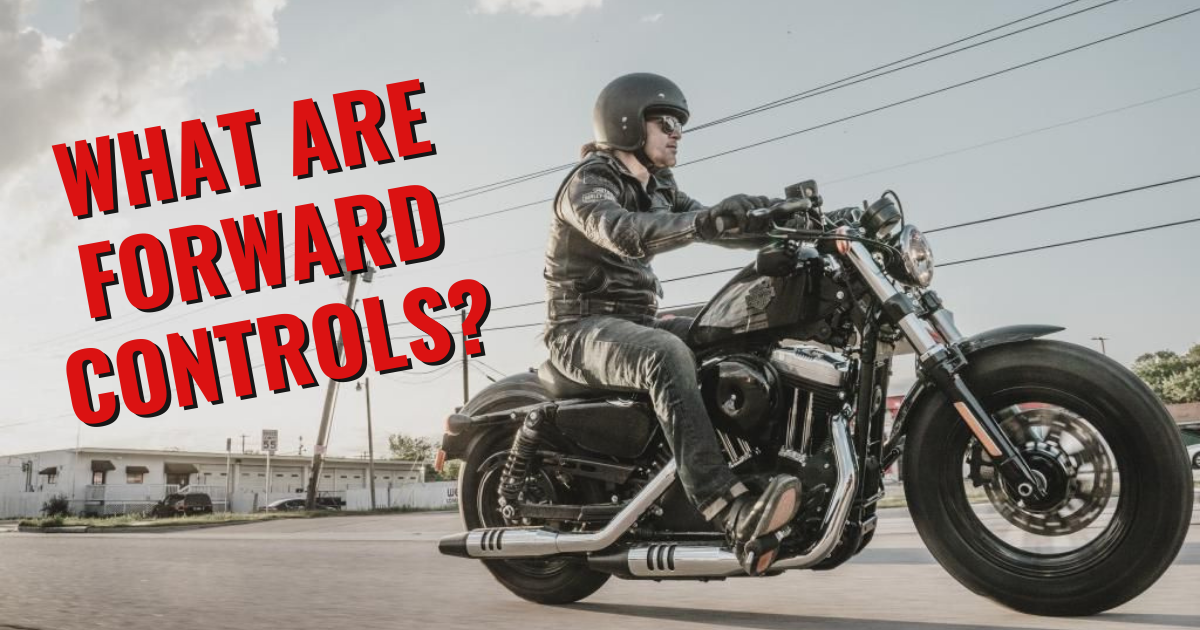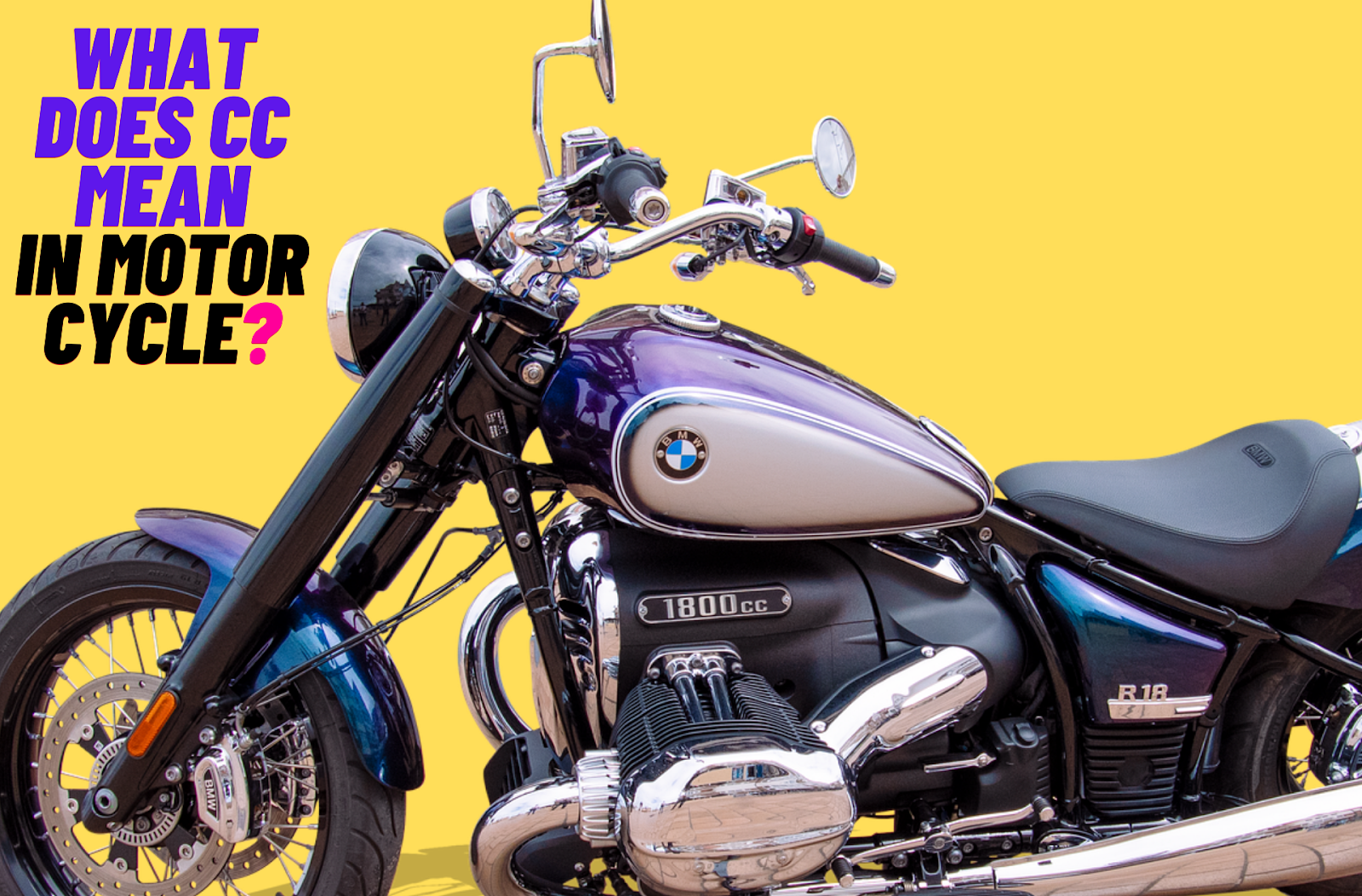
Nowadays, everyone fantasizes about owning a bike and enjoying a blissful ride on one. However, one of the topics we get to hear most frequently while discussing these bikes is speed and its relationship to the ever-famous abbreviation “CC.”
Meanwhile, Some of us believe that a motorcycle’s “CC” is not required when buying a standard bike and do not consider them before purchasing any Motorcycle. This method is ineffective, though, as we need to understand what “CC” in a motorcycle means before buying one because it’s an essential factor to consider before making a purchase; we will show you the Complete guide in this post.
What is “CC” in Motorcycles/Bikes?

“CC” is the most commonly used abbreviation on motorcycles for Cubic Centimeters, which is actually the engine capacity or capacity of engine cylinders. It is a unit of measurement that indicates the engine’s displacement or the total volume of the combustion chambers.
Bikes with higher cubic centimeter ratings have larger cylinders that may use more air and gasoline. Due to this natural occurrence, more fuel may be consumed during each Stroke, leading to increased output and torque.
What are the Important Aspects of a “CC” on a Motorcycle?
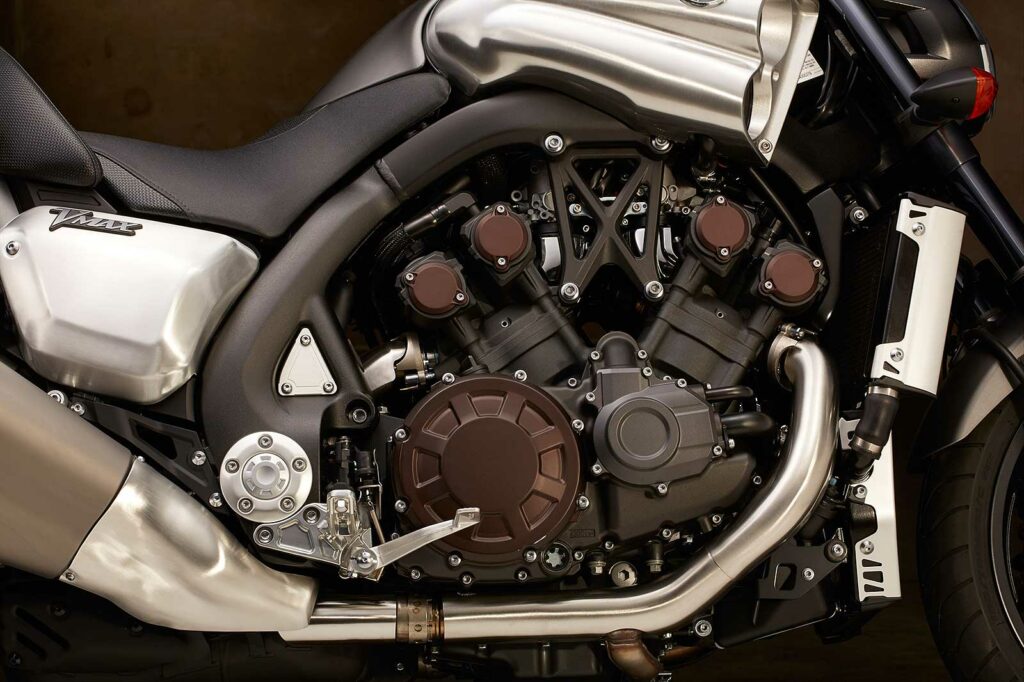
The size of a motorcycle’s engine is one of the most important aspects of how well it works and what it can do. You could get more power and torque with a bigger engine, accelerating the motorcycle faster. Larger engines are often more powerful, but they also tend to be heavier, which affects how the bike handles and how much gas it uses.
Consider the Motorcycle’s engine size and how it will affect its performance before purchasing. Generally, a larger engine with a higher CC rating is preferable for an experienced rider or open-road use. In comparison, a smaller engine with a lower CC rating is better for a beginner rider or use in the city.
Additionally, the Motorcycle’s total mass, aerodynamics, and gearbox type can all have an impact on its performance. A motorcycle’s CC rating isn’t necessarily indicative of its performance, especially considering the weight and size of the engine and aerodynamic design.
What is the Impact of Cubic Capacity on Motorcycle Engine Performance?
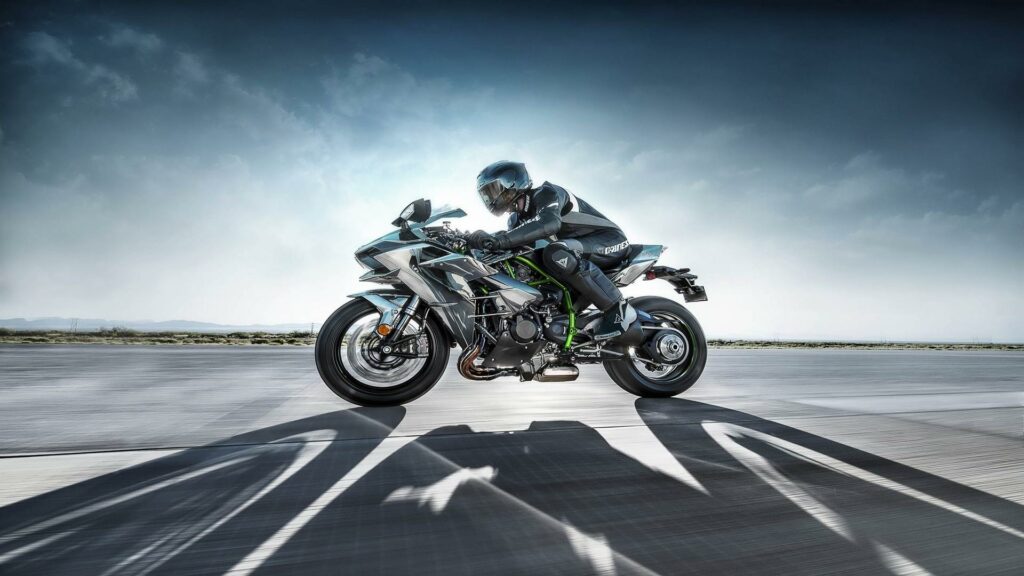
A motorcycle’s cylinder volume is measured in Cubic Centimeters. The average range for CC, or cubic centimeters, which is also known as cubic capacity, is between 50 and 1500 cm3. A common impact of a cubic capacity on a motorcycle engine’s performance is that its power increases with the size of the chamber.
The capacity of a bike is assessed similarly to how the number of liters is used to determine a four-wheeler vehicle’s engine capacity. Therefore, a motorcycle with a 250cc engine has a 0.25-liter Capacity. On the other side, a motorcycle’s engine Capacity also dramatically impacts how much power, torque, and mileage the engine produces.
The engine capacity is the volume or space inside the tank to hold the air-fuel mixture for combustion. The mixing that can accumulate depends on the size of the Cylinder. Larger motorcycles often have larger tanks, which explains why they have higher power and fuel capacity. The bigger the engine, the more expensive your fuel costs will be. In general, smaller engines are more fuel-efficient and provide incredible mileage per liter of gasoline.
Where Can You Find the “CC” on Your Motorcycle?
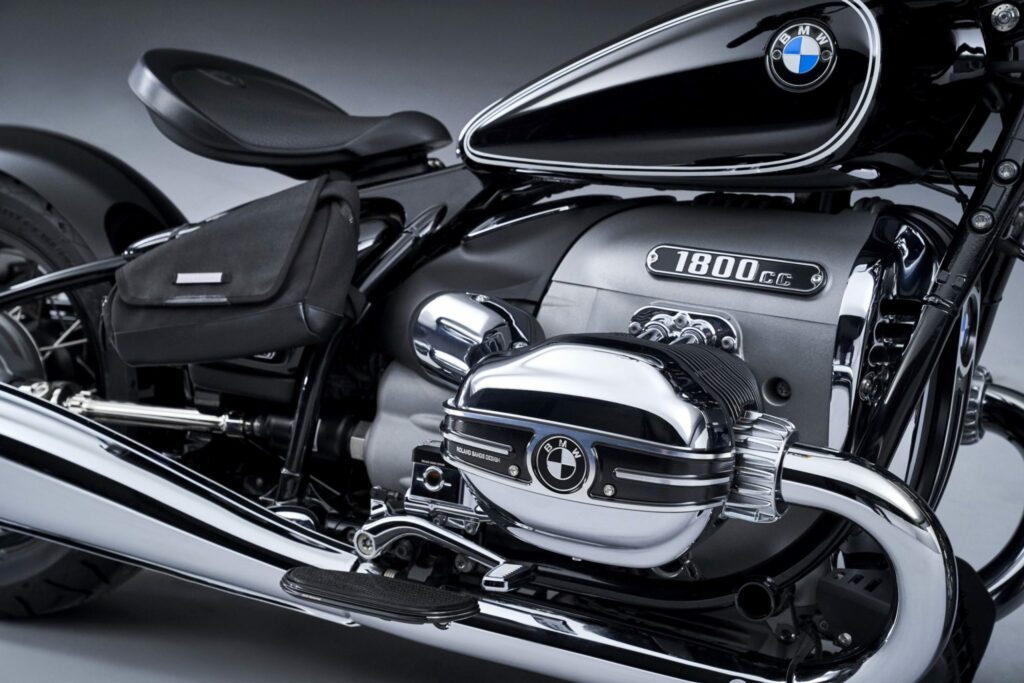
There are six different ways/areas to locate your Motorcycle’s “CC” number:
- Inscribed on the Engine: Your Motorcycle’s engine may have the letters CC imprinted (typically on the right side).
- Documents: The paperwork for your Motorcycle should include the engine’s displacement. The owner’s manual, the bill of sale, or the vehicle registration will typically provide such details.
- Name: The engine displacement of a motorbike is sometimes included in the name of the Motorcycle. Honda CBR600RR, for instance, has a 599cc engine.
- Stickers: The exact numbers are typically shown on stickers attached to the bike’s side, which is frequently a feature.
- Internet Search: You may still conduct internet research to learn the Motorcycle’s engine specifications if you need help locating the displacement.
- Calculating and Measuring: If there is no other way to know, your only option is to measure the cylinders and perform the calculations. But bear in mind that this is an unusual technique!
How Is the “CC” in a Motorcycle Calculated/Measured?

The size of the cylinders is used to compute the “CC” on a motorbike. As a result, measuring or locating the cylinders’ diameter and Stroke is the first step in figuring out the displacement. It would help if you multiplied these figures using the correct formula, which is as follows, to determine the Motorcycle’s Cubic Capacity (CC):
“CC” = 0.785 x Bore(cm) x Bore(cm) x Stroke (cm) x No. of Cylinder
For instance:
- The Kawasaki ZX-6R Motorcycle (636cc) has a 6.8cm Bore, 4.38cm in Stroke, and 4 Cylinders.
0.785 x 6.8cm x 6.8cm x 4.38cm x 4 = 636 Cubic Centimeters. - The Kawasaki 2023 Ninja 400 KRT Edition (399cc) has a 7.0cm Bore, 5.18cm in Stroke, and 2 Cylinders.
0.785 x 7cm x 7cm x 5.18cm x 2 = 399 Cubic Centimeters.
What is the Average CC on Motorcycles?
On motorcycles, the CC ranges from 400 to 1000. The smallest motorbikes have 50cc-350cc engines and are referred to as “lightweight” motorcycles. Typically, middleweight motorcycles have 400cc-950cc engines, whereas heavy-weight motorbikes have quite sizable 1000cc-6500cc engines.
Additionally, some unusual types are available, like the amazing 4000–6500cc engines seen in Boss Hoss cruisers. They do stand out in a crowd, for sure!
The typical motorbike displacements, broken down by category, are as follows:
| Motorcycle Categories | Displacement in “CC” |
| Light Weight | 50 – 350 |
| Middle Weight | 400 – 950 |
| Heavy Weight | 1000 – 6500 |
Relationship between Engine Capacity and Output
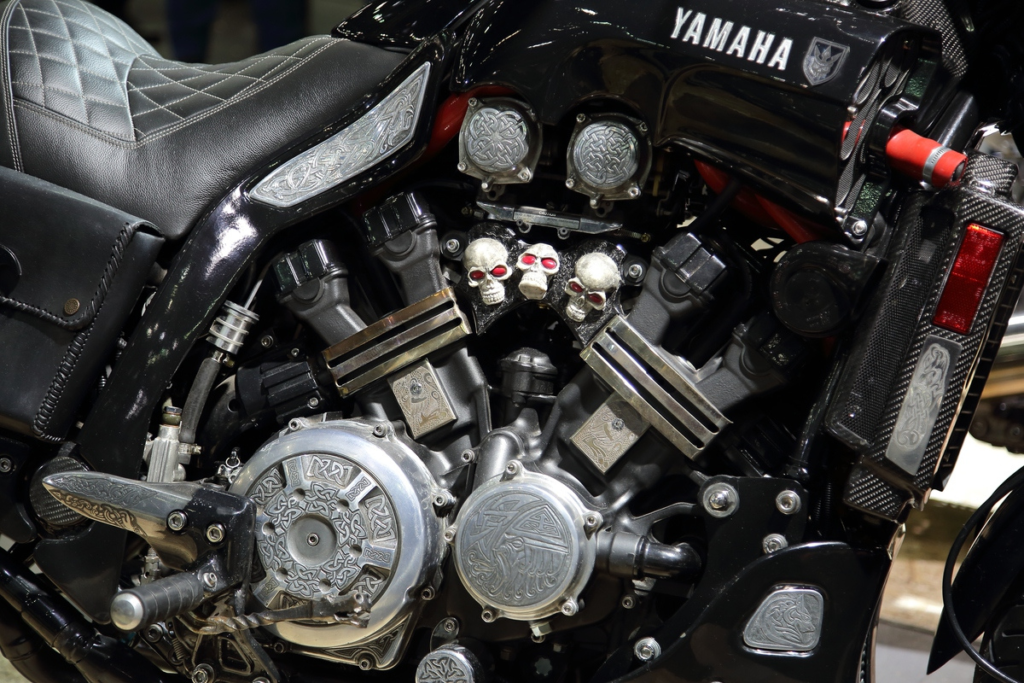
The engine’s Capacity determines outputs like power, torque, and efficiency. A higher engine capacity indicates that there will be more room inside the Cylinder.
The power output will rise as the fuel burning within the tank increases, but the distance that can be traveled on that fuel (mileage) decreases. For instance, some Bajaj 100 CC bikes with large engine capacities may accommodate more outstanding CCs.
Conclusion
When purchasing a motorcycle, it is important to consider the engine capacity, as it can affect both fuel efficiency and mileage. The engine’s cubic capacity (CC) can directly impact how much fuel the motorcycle uses and how far you can travel on a single tank of fuel. Therefore, taking the engine’s cubic capacity into account can help you save money on fuel and ensure that your motorcycle meets your mileage needs.
In addition to everything else discussed above, it is strongly recommended that you obtain Motorcycle Insurance as it is required by law. The Government will impose a sizable punishment if you are pulled over and found to be riding without a proper bike insurance policy.
FAQs
1. Does higher Cubic Capacity “CC” means Higher Speed?
“CC” significantly influences performance variables like horsepower and torque in automobile engines. Naturally, a higher “CC” engine will run faster.
2. What is the Ideal “CC” for a Motorcycle?
Depending on your physical stature, a reasonable standard size for a novice is between 500cc and 700cc. However, that engine capacity is more than adequate to transport you and a passenger across town, if not the entire nation.
3. Does High “CC” Consumes more fuel?
Higher CC bikes have larger cylinders and more power to consume air and fuel. As a result, more gasoline will be used each Stroke, which can significantly boost engine power output. However, it will reduce fuel efficiency.
4. Which is better, the 150cc or the 250cc?
It depends on your needs. If you require a motorcycle for everyday travel, a 150cc bike is more fuel-efficient. However, 250cc is an excellent alternative for teen motorcyclists, particularly those who wish to show off their style.

